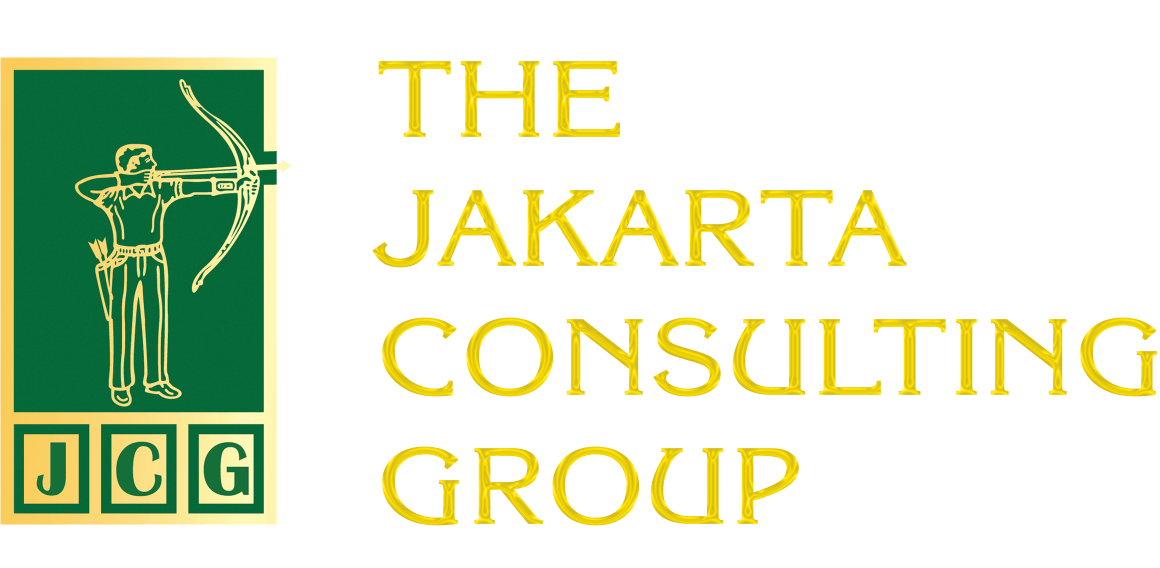Impact of Layoffs and Transformation. Organizational transformation often conjures up images of radical change, reorganization, and layoffs. Many companies view layoffs as necessary to streamline operations, adapt to customer needs, and improve competitiveness. But is transformation really synonymous with layoffs? How does this actually play out?
The notion that layoffs are an integral part of transformation is largely rooted in the traditional view of a business. In this view, companies undergoing significant change must be under financial pressure. To alleviate such pressure, they reduce labour costs. The reason? Employee salaries are a significant component of production costs. This puts a strain on the company’s financial condition. In addition, layoffs are also considered the easiest way to save money. On the one hand, this shows that management is serious about improving the company. This signal of seriousness is what companies often want to show to investors and shareholders. But on the other hand, layoffs risk damaging the company’s reputation. Especially if the company is easy-going in this matter. Top talent may be reluctant to apply there. From the employee side, layoffs clearly hit their morale, not only for those who are dismissed but also for those who are retained. The working atmosphere is no longer the same as before. Employees are constantly worried about their future.
Impact of Layoffs and Transformation
In the context of transformation, layoffs are indeed common. It is common to find companies transforming without laying off a single person. If so, what are the factors that determine whether or not a company needs to lay off its employees during transformation?
Admittedly, in some cases, layoffs are inevitable as a result of transformation. This happens, for example, when the organization requires a fundamental rethinking of the management of its human resources (HR). For example, a company decides to switch to a fully digital business model, and at the same time there are no employees with the required digital skills. Meanwhile, training to improve digital skills cannot be done. In such a situation, layoffs are impossible to avoid. Another example is when a company wants to shift its focus to a new product or product line, or enter a new market. At the same time, existing employees do not have the necessary competencies. If so, layoffs become a strategic albeit bitter move. In this case, the company needs new talent in the transformation.
Last Resort
However, companies should not easily make layoffs. Besides damaging morale and reputation, there are long-term costs to bear, such as severance pay, benefits, and the cost of recruiting and training new employees in the future. Not to mention the potential legal issues (if layoffs are done haphazardly). Another negative impact is the possibility of knowledge loss as laid-off employees take valuable knowledge with them.
Therefore, layoffs should be a last resort. If this is the case, what should be done to make the transformation go smoothly, and at the same time there is no reduction in employees?
Companies can assign employees to learn new skills that are different from the ones they have had. The goal is to transition to a new role in the organization. This usually happens when the old job is no longer relevant.
In large companies that have many departments, functions, units, or whatever they are called, employees can be transferred to other places. Of course, it should be adjusted to the employee’s competence and the needs of each section.
Both methods can foster loyalty and productivity. This is because employees feel empowered, their contributions are valued and their dignity is maintained. In addition, the working atmosphere can be kept conducive.
Leaders play an important role in the smooth transformation, including related to layoffs. If leaders are empathetic, transparent, willing to listen, and skilled at communicating, employees will be less upset about layoffs. Of course, leaders should not forget to explain why the company must undergo transformation. The way leaders view the transformation also has an impact on the layoff decision. Layoffs will be easily done by leaders if they solely view transformation for the sake of short-term financial performance: at the least cost, achieve the most. It is different if the leader sees transformation as an opportunity to grow, innovate, and be socially responsible. Such leaders will look for creative solutions so that layoffs can be avoided as much as possible. In the long run, the leader will be able to build a culture of learning and improvement so that all employees are more resilient to turmoil and change.
Another key factor that influences layoff decisions is the company’s finances. Companies that are able to manage their finances well from the start are less likely to lay off employees when forced to undergo transformation. This includes prudent budget policies, careful project selection and execution, and good risk management.
Impact of Layoffs and Transformation
Category: Organization & Business Transformation
#phk #transformation #reputation #costs #knowledge #new skills #competencies #leaders #culture










